Pronghorns are instantly recognizable – from their curved horns to the white chevrons on their throats, they are aesthetically striking compared to other Albertan ungulates. While their appearance is impressive, their speed, curiosity and competitive in-utero battles, makes them truly interesting and distinct.
Evolution
Though we commonly call them pronghorn antelopes, pronghorns are more closely related to giraffes than antelopes.2 Their ancestor, Merycodus, also preceded many other ungulates of varying sizes in North America. Still, as those relatives of the pronghorn died out, the Antilocapra americana survived. Pronghorns are the fastest animals on land in North America today. Compared to a cheetah’s top speed of about 130 km/h, pronghorns can reach speeds up to 90 km/h.2 They also have excellent vision, with large protruding eyes that allow them to see predators from 6 kilometres away.2
Habitat
Today, pronghorns live between southern Alberta and Saskatchewan to northern Mexico, but historically, they had a more extensive range. When humans started building fences, they lost their ability to migrate as freely because they didn’t evolve to jump over obstacles and barriers. Instead, they try to go underneath fences, limiting their ability to move as freely as before human civilization.1 They live in areas with shrubs and grasses that comprise most of their diet, but they are also known to eat cacti!
Reproduction
Male pronghorns reach sexual maturity at 1 year of age. However, they may wait to start breeding until they can competently defend their territory at around 3 or 4 years old. Females are considered sexually mature at 16-17 months and have a gestation period of about 245 days.1 Pronghorns are unique among mammals because, although they can produce many embryos, they almost always give birth to just two calves.
Pronghorn embryos are the only known mammals who battle in utero! While in the womb, the embryos become thread-like before entangling and pulling each other apart. After this first battle in the “thread stage,” as many as seven embryos may remain. Over time, these embryos develop a necrotic tip on one side. As they grow and lose space in the womb, they use those necrotic tips to puncture each other until only two viable embryos are left.5 It’s certainly not easy being a pronghorn embryo!
Conservation Status
Theodore Roosevelt wrote about pronghorns’ “morbid curiosity” in the late 1800s. Hunters could lure pronghorns into rifle range just by waving red handkerchiefs because pronghorns would compulsively approach the attractive, new objects in their environment. In the mid-1920s, pronghorns were nearly extinct not only because humans hunted them but because of the hunting of bears, cougars, and wolves as well. With those predators minimized, coyotes thrived by preying on pronghorn calves.4
Fortunately, today the pronghorn population has recovered with the help of conservation, protection, and reintroduction efforts.3 The Alberta Institute for Wildlife Conservation is just one organization that works to protect Albertan wildlife. There are several ways to support AIWC in the rescue, rehabilitation, and release of injured and orphaned wildlife. To learn more, visit our “Support Us” link at the top of this page.
Footnotes
- Alliance, San Diego Zoo Wildlife. c2009-2018. Pronghorn (Antilocapra americana) Fact Sheet. Accessed June 11, 2023. https://ielc.libguides.com/sdzg/factsheets/pronghorn.
- Can Geo, Staff. 2019. Animal Facts: Pronghorn. June 11. Accessed June 11, 2023. https://canadiangeographic.ca/articles/animal-facts-pronghorn/#:~:text=Pronghorns%20roam%20the%20Great%20Plains,now%20common%20throughout%20the%20grasslands.
- Geist, Valerius. 2012. Pronghorn. January 17. Accessed June 11, 2023. https://www.thecanadianencyclopedia.ca/en/article/pronghorn.
- Mitchell, Alanna. 2019. For the love of pronghorns. January 2019. Accessed June 11, 2023. https://canadiangeographic.ca/articles/for-the-love-of-pronghorns/.
- Tong, Wenfei. 2017. Terrible Twins: It’s Tough Being A Pronghorn In Utero. May 14. Accessed June 11, 2023. https://www.mtpr.org/arts-culture/2017-05-14/terrible-twins-its-tough-being-a-pronghorn-in-utero.
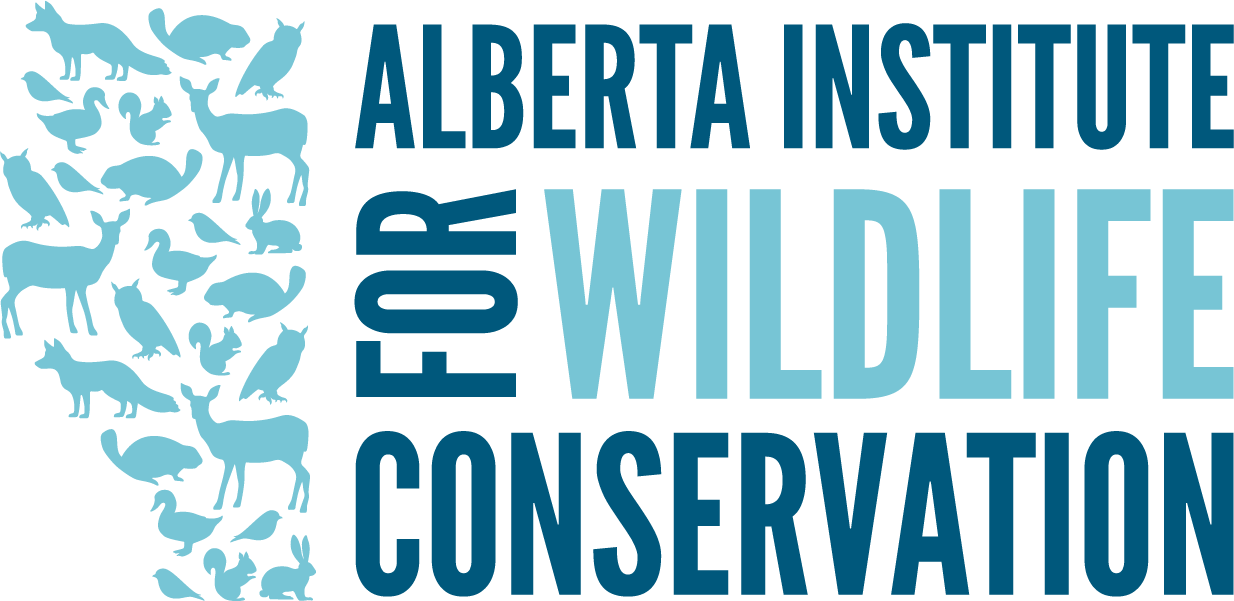
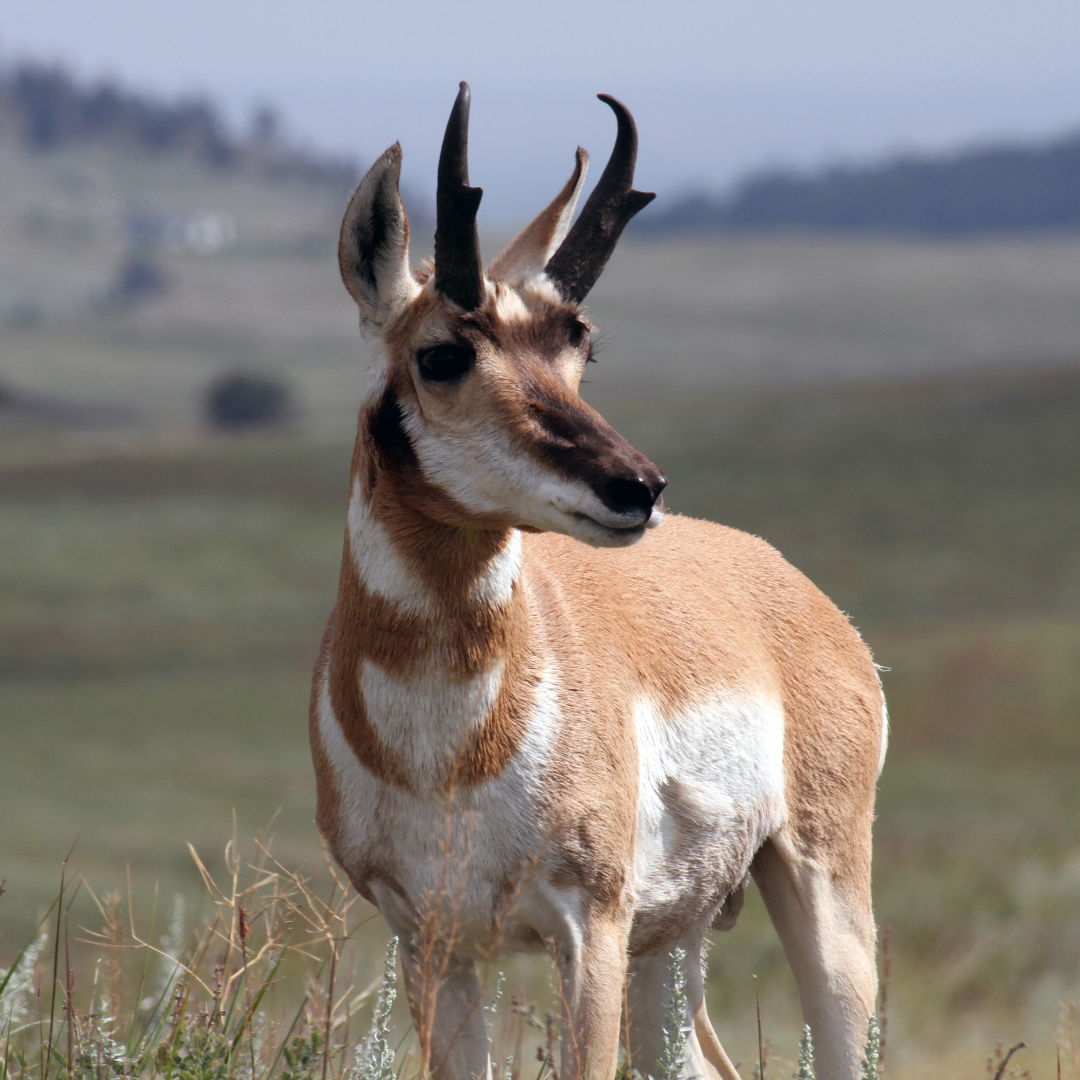
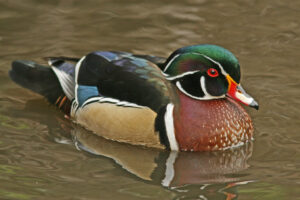
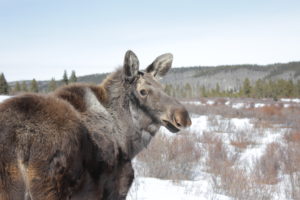
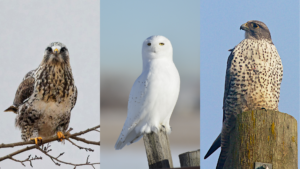

5 thoughts on “Antelope in Alberta? Pronghorn Species Profile”
Hello,
I’ve just finished reading the article on Antelopes in Alberta. I’m curious to know if there exists any scientific data that proves pronghorn antelopes actually eating cacti?
There’s actually lots of data showing pronghorns regularly eat cacti across their range. There are even studies showing pronghorn will eat cacti that’ve been burned in brush fires: https://www.jstor.org/stable/3801127
Thanks Mr. Potter for taking the time to respond to my message. The information you provided was most helpful. The eating of cacti is a last resort when nothing else is available, especially after a fire. Apparently, when times are good, very little cacti are eaten. Do you know of any stomach disorders created by accidently eating the spines?
I wasn’t able to uncover any record of cacti causing stomach problems for pronghorn. As ruminants with powereful digestive systems, it’s likely they are able to cope with this challenging food item quite well.
I live just south of Edmonton Alberta. Yesterday driving home from work I observed two Pronghorns in a field. It too me a minute to figure out what I was looking at as I have never seen them in this area before.